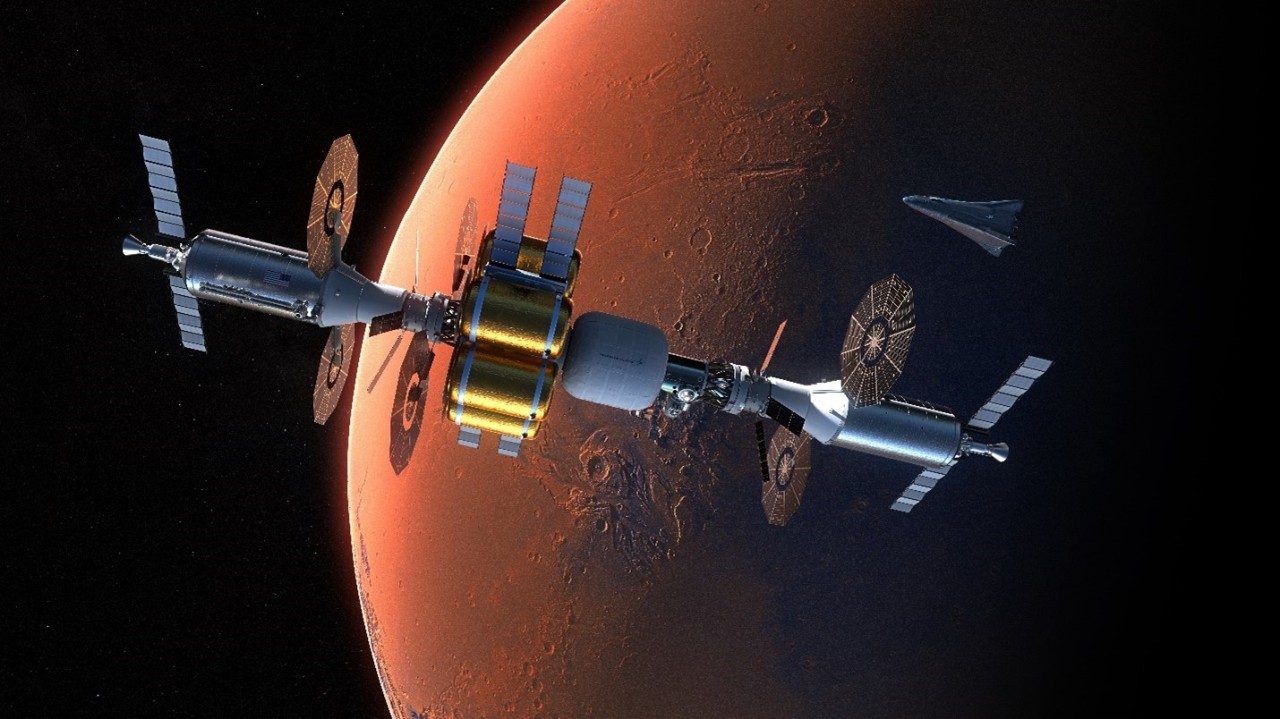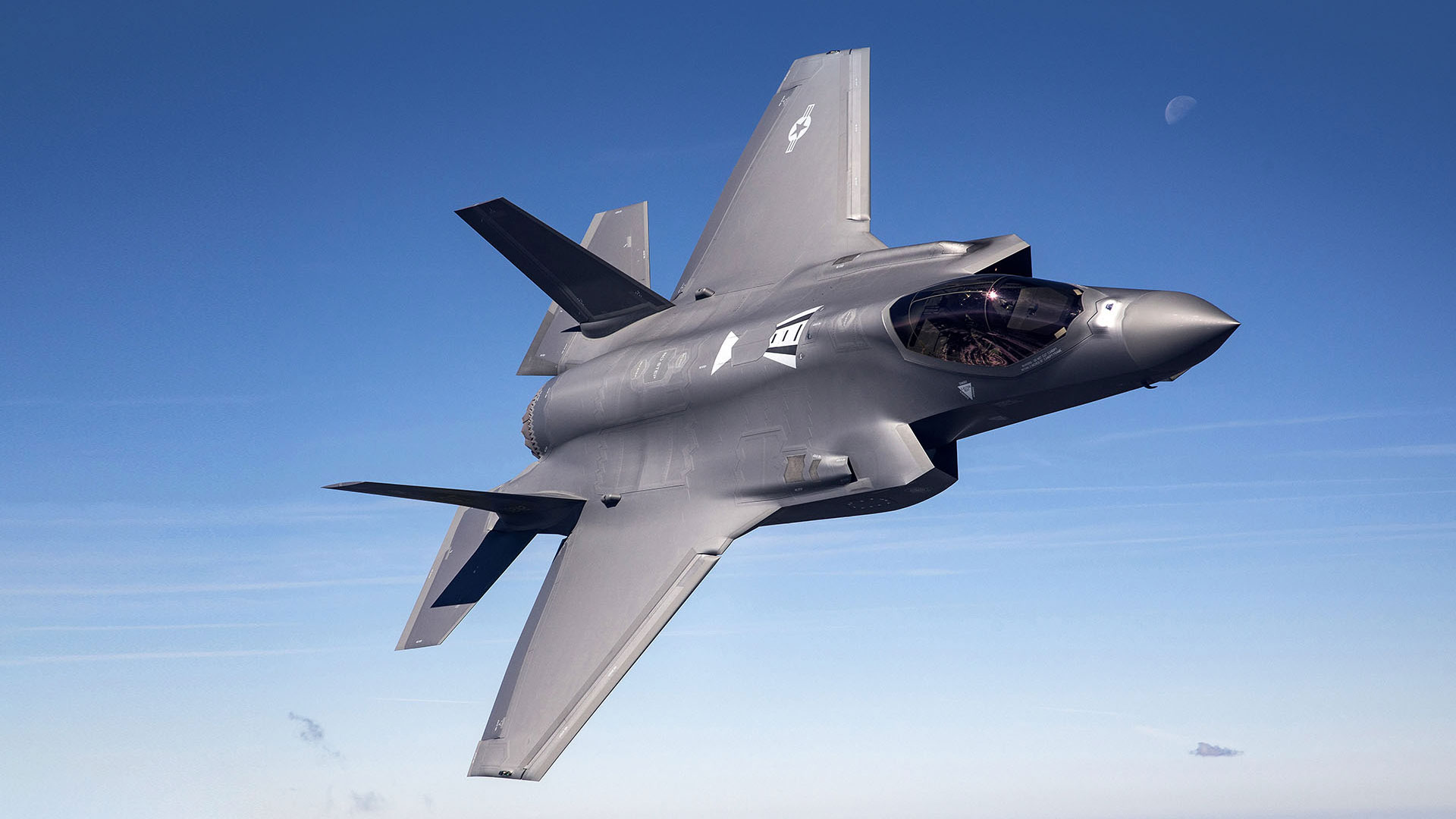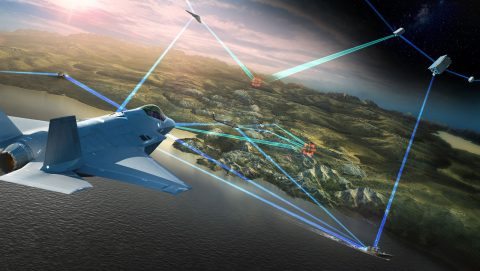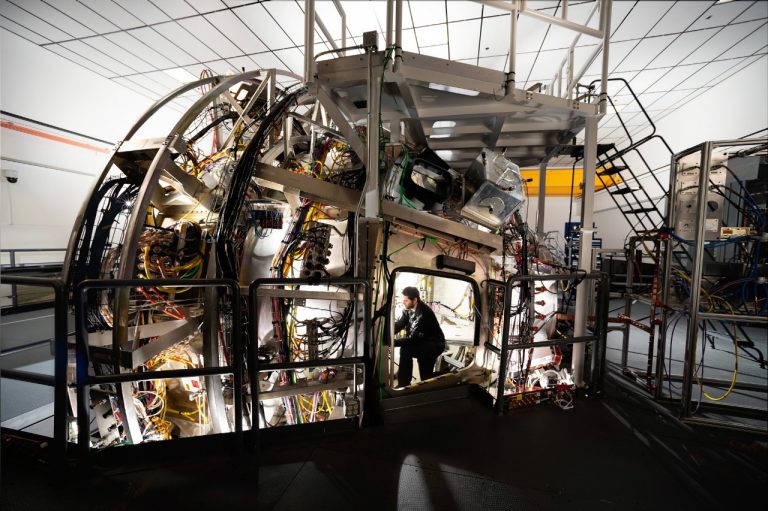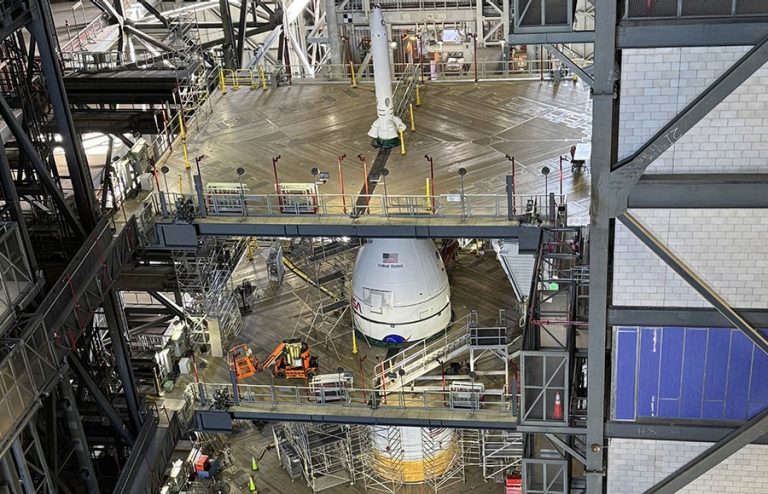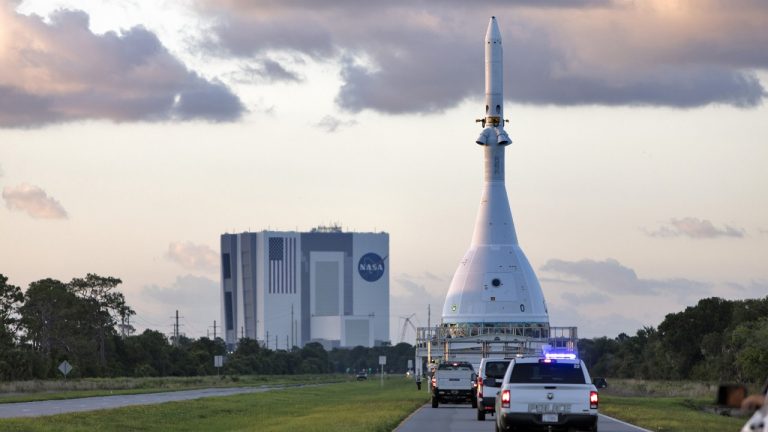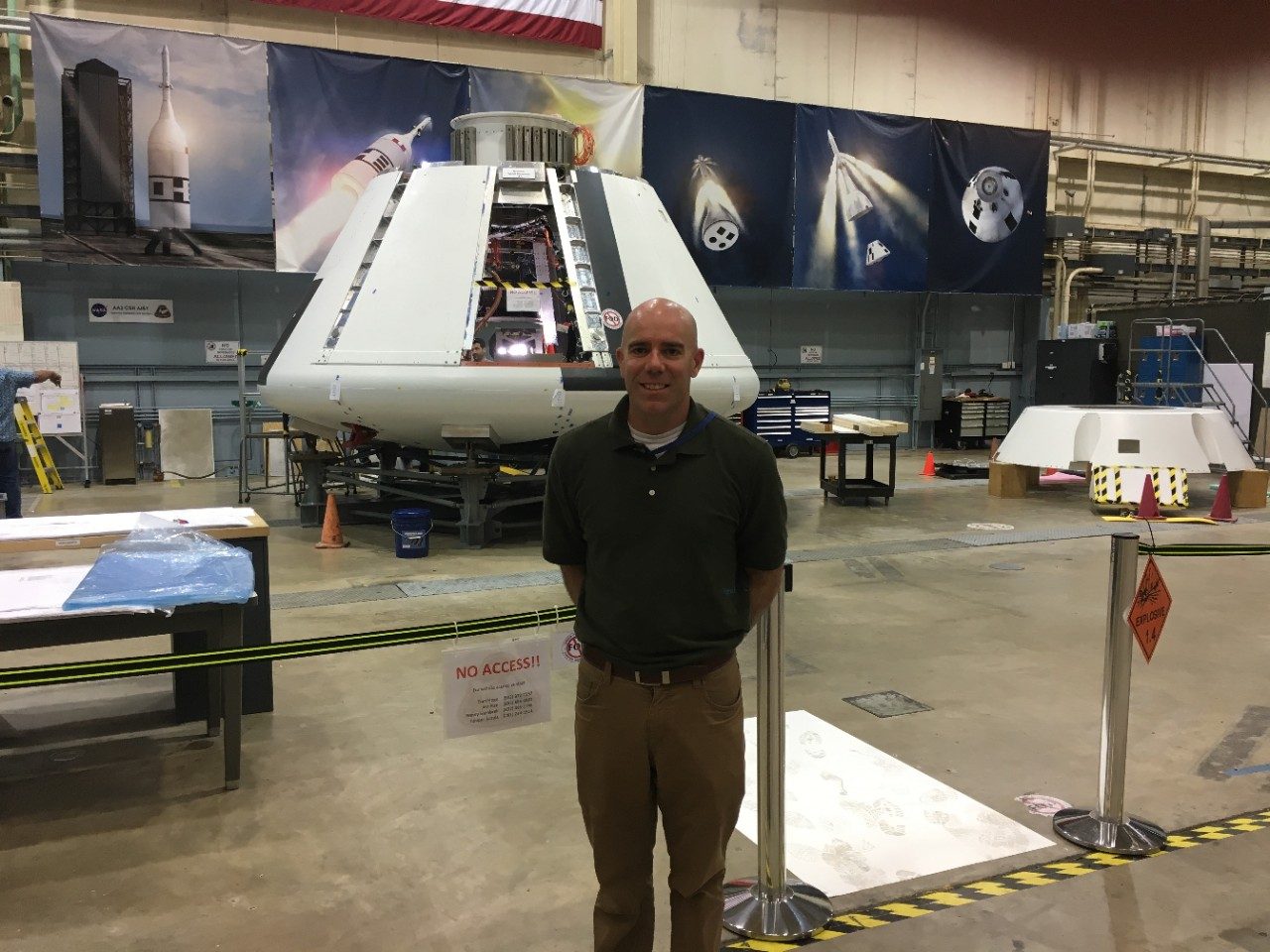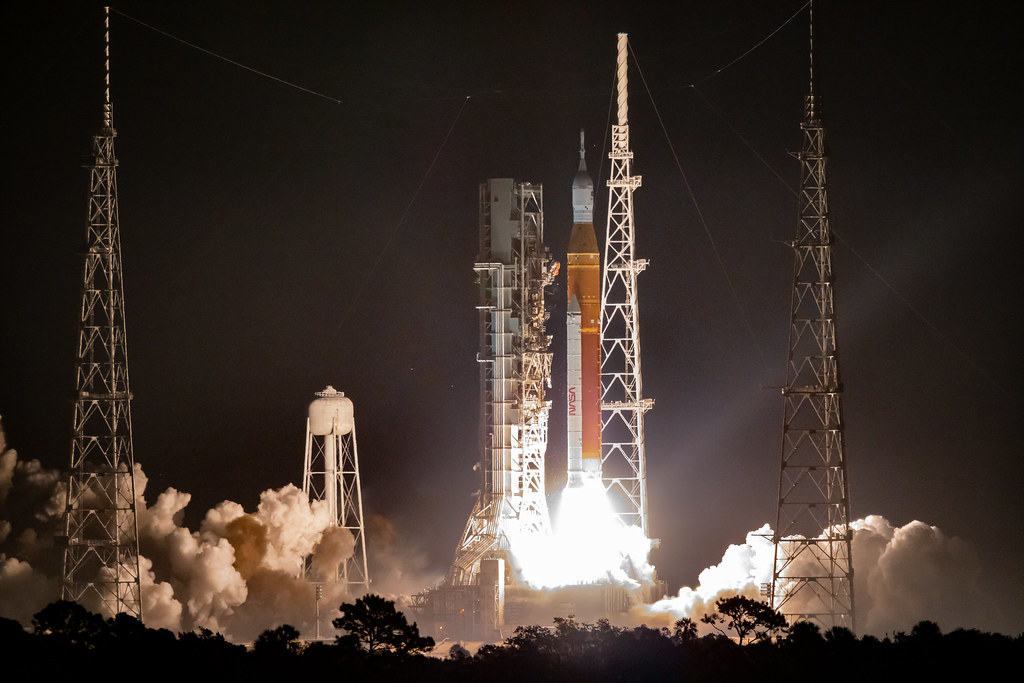Designed for Deep Space
Orion is NASA's spacecraft that will take humans deep into space. No other spacecraft in development has the technology needed for the extremes of deep space, such as life support, navigation, communications, radiation shielding and the world's largest heat shield that will protect astronauts and help return them safely home.
Lockheed Martin is the prime contractor building Orion. We are in the production phase and have finalized a contract for six Orion spacecraft missions and the ability to order up to 12 in total. The first spacecraft delivered on this contract, Artemis III, will carry the first woman and the next man to the surface of the Moon. Orion is a critical part of the agency's Artemis program to build a sustainable presence on the lunar surface and to prepare us to move on to Mars.
What puts Orion in a class all its own? The technology our engineers use to build the only exploration class spacecraft to take humans deeper into space than ever before.
- Life Support Systems: Advanced environmental control and life support systems designed for long duration missions keeps the crew safe and healthy.
- Radiation Protection: Needed to protect crew and spacecraft systems from cosmic and solar radiation seen in deep space.
- Heat Shield: Designed to take extreme temperatures of 5,000°F coming back from the Moon at 24,700 mph, while keeping the crew safe and comfortable.
- Propulsion System: The service module has 33 engines, including its large main engine that is used to provide high-power, deep space maneuvers.
- Deep Space Communications & Navigation: Unique systems designed specifically for deep space travel. Where Orion is going, there are no GPS or communications satellites.
- Redundancy: When coming back home quickly isn’t an option, redundant systems will ensure that critical elements such as computers remain operable if something goes wrong.
People of Orion
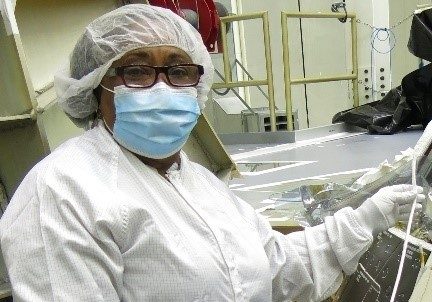
Betty pulled from her previous knowledge working NASA's space shuttle to create and deliver the Betty Barrier prototype in one day.
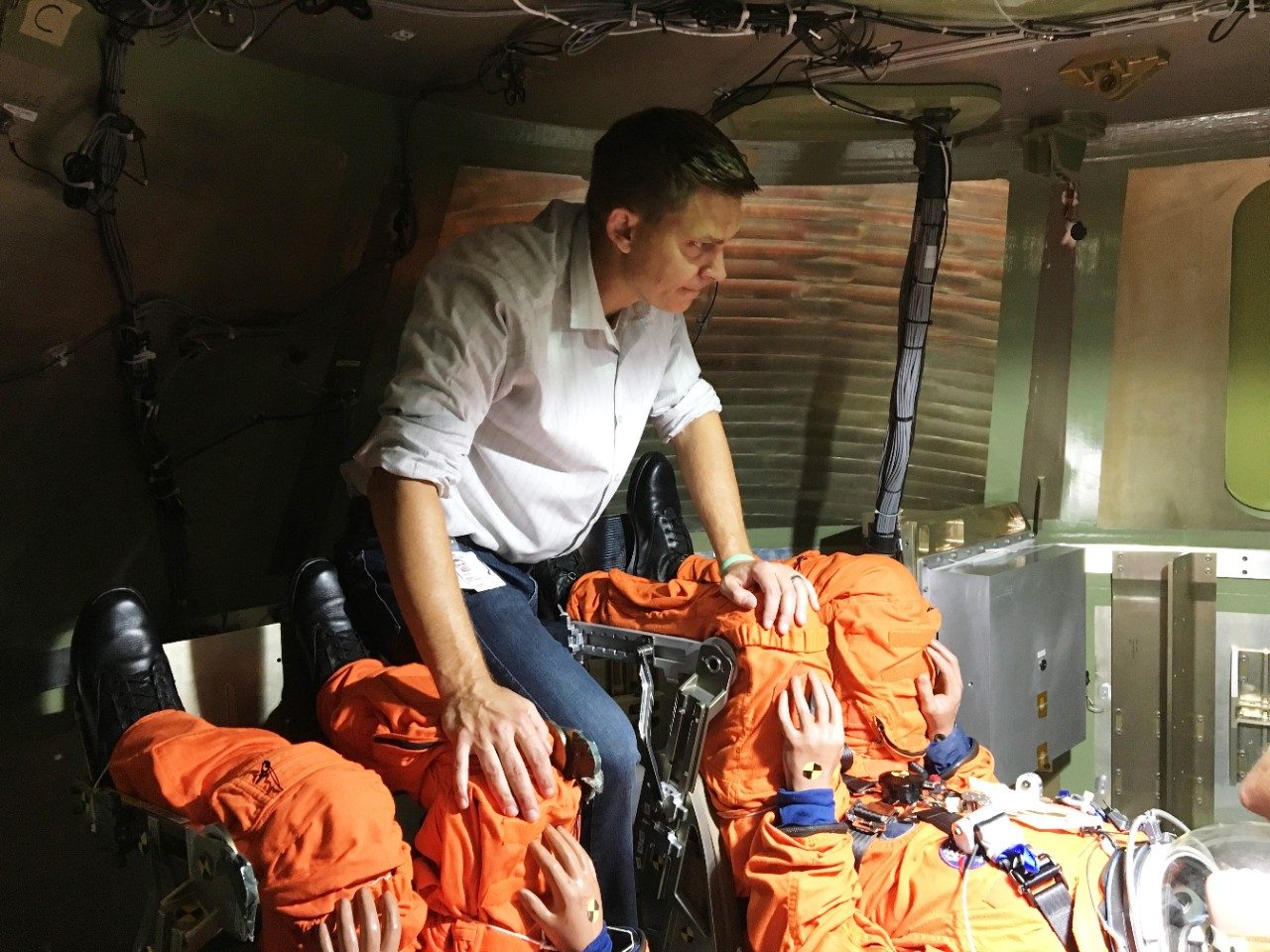
Mark Baldwin is an astronaut safety expert and Lockheed Martin engineer working on the NASA Orion program. We asked him about what it’s like designing systems to protect humans in space.
Beyond Orion
